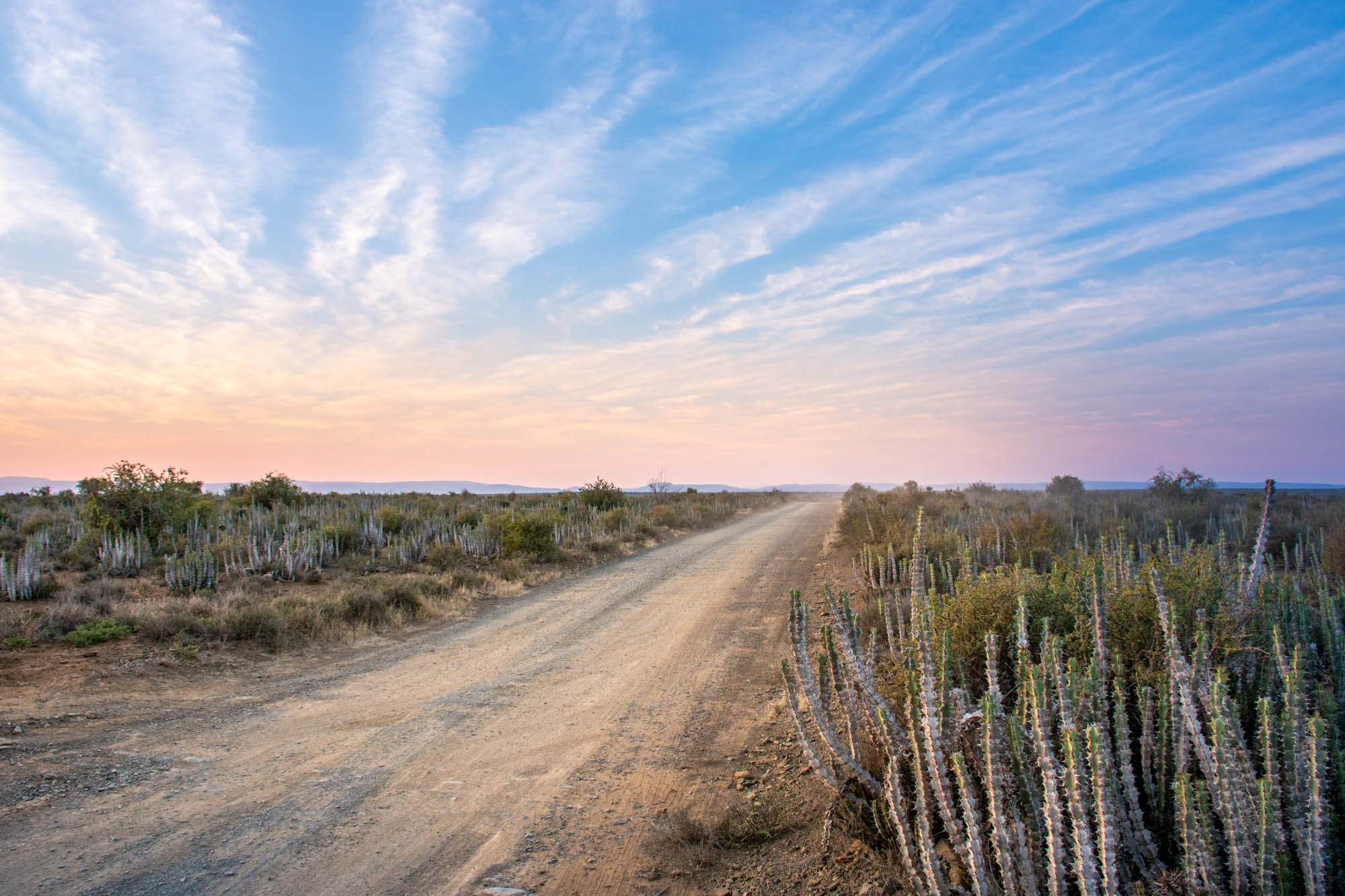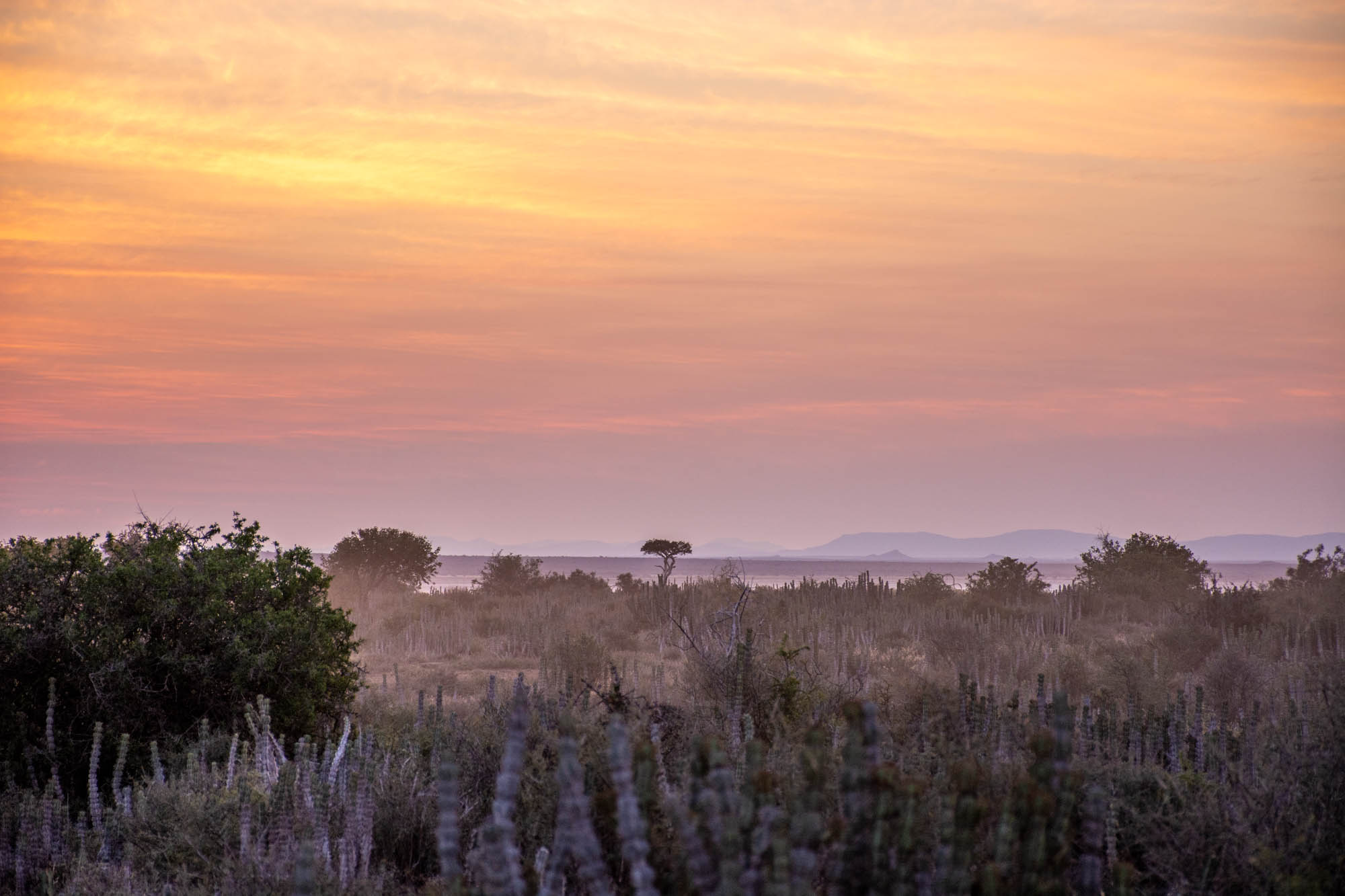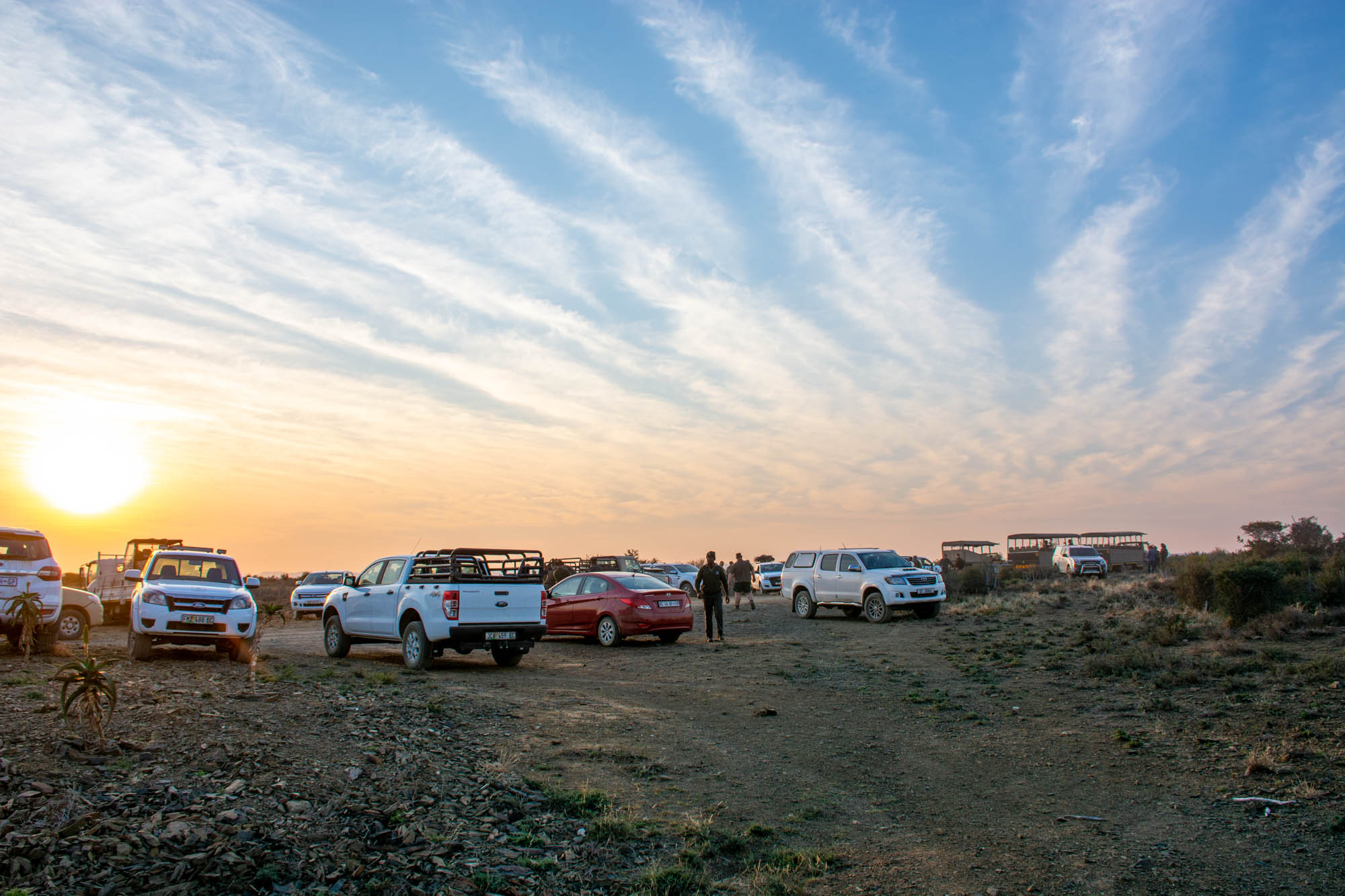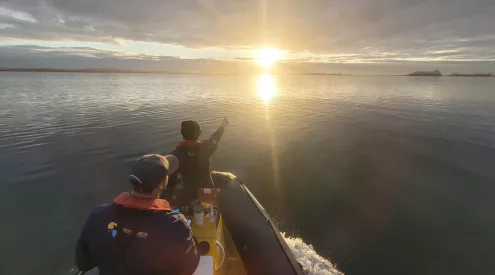For the first time in 150 years a group of 28 elephants will roam again in Darlington, the northern-most area of the third biggest park in South Africa.
Attracting over 240000 guests a year Addo Elephant National Park was first proclaimed in 1931 to save a single species, the Eastern Cape’s elephants. Today, it preserves profound diversity.
Also read: Everything you need to know about Addo Elephant National Park
The Greater Addo Elephant National Park Project
This herd of elephants was protective of their very new member. Elephants were moved from the main game section of Addo (as seen here), to the Darlington Dam section. Photo by Melanie van Zyl.
This move is part of an incredibly exciting and ambitious project – The Greater Addo Elephant National Park Project. Plans to expand the park were first initiated in 1994, and today the sprawling project includes islands and a marine park.
Addo Elephant National Park is split up into separate sections, from the Darlington Dam section high up in the Karoo, right down to the ocean at the Woody Cape section. Hopefully, these sections will one day join to create one open area.
According to SANParks, ‘it is envisaged that the park will cover some 240000 hectares on land with a proposed further 120000 hectares of marine protected area. Although the Park is divided in places by roads, fences and railways, the long-term goal is to consolidate and expand the Park and link up the sections with corridors to ensure that the Park can be managed in as natural a state as possible’.
Addo is a unique and critical conservation space. Thanks to the expansion from the initial core main game area, this bigger, sprawling area is rich in biodiversity, conserving five of South Africa’s nine biomes – namely Albany Thicket, Fynbos, Forest, Nama Karoo and the Indian Ocean Coastal Belt.
Moving Addo’s elephants
Rangers wait for the elephant relocation from the main area of Addo Elephant National Park to the Darlington Section on World Ranger Day 2018. Photo by Melanie van Zyl
Also read: 200 elephants moving from SA to Mozambique
On 31 July 2018, World Ranger Day, South African National Parks (SANParks) undertook the mammoth task of relocating a family of elephants.‘This a pretty historic event’, said John.
‘The elephants were identified four months ago and need to be moved as a complete family unit’, John continued. Elephants that are moved on their own tend to become, understandably, stressed.
After World Ranger Day celebrations, it was hoped that the first load of ellies would arrive at around 14:00. However, moving animals as big as these take time. First, the tyre pressures were not correct, then there was a mountain pass to be climbed and the drive in a regular sedan takes two hours. It’s far longer in a heavily loaded truck.
I chatted to Addo’s Senior Section Ranger, Anban Padayachay, while we waited. I asked him what food they predicted the elephants would take to in this arid area. ‘It’s not the food that’s the problem here. There’s plenty to eat and the other big mammals love the euphorbias. Food is not the factor here, they’re used to being around other families and communicating. Rumbling that this one’s had a baby and this one’s moved on’.
This is what us humans seek in a Karoo escape, but the eesounding silence in this vast area of Addo is a concern.
Sunset over the picturesque Darlington Dam. This dam was established in 1922 and was formerly known as Lake Mentz. Photo by Melanie van . Zyl.
The Darlington Dam section is 45000 hectares and now has a predator-proof fence of 112-kilometres. There are further plans to also introduce buffalo in this area. Kudu, lion and red hartebeest are some of the species already in the area. Anban also mentioned they’re hoping that wild dog will be the next to join mammal list.
We missed the actual relocation because the first family group only arrived in the dark at about 19:30 in the evening on World Ranger Day, but photographed here, is the second group that made it to Darlington yesterday, on 1 August 2018.
Welcome back, Addo elephants! Photo supplied.
See these ellies in their new home
The Darling Dam section of Addo is currently only manned by a six-person ranger team. Photo by Melanie van Zyl
The Kabouga Section is far bigger than the Addo Main Game Area and absolutely breathtaking. There are creased valleys and mountain slopes, rugged roads and soft pink clouds that flood over the hilltops during a good sunset. It’s possible to cross into Darlington from Kabouga on the Bedrogfontein 4×4 Trail.
Do it: the most affordable 4X4 Addo adventure ever!
The Darlington section is covered by the succulent Karoo with very low rainfall. You can find springbok and eland here, as well as the newly-introduced elephants. Photo by Melanie van Zyl.
Deon de Vos, the Mayor of nearby Jansenville was also present at the relocation. ‘This conservation strategy is good for us. This will create more activity for this side of the park and tourists will now pass through Jansenville, just a small Karoo town. We see this as something really big’.
There is accommodation in nearby Jansenville and at present, there are only a few very rustic campsites are available for guests on the shore of Darlington Dam. Day visitors are welcome.






























